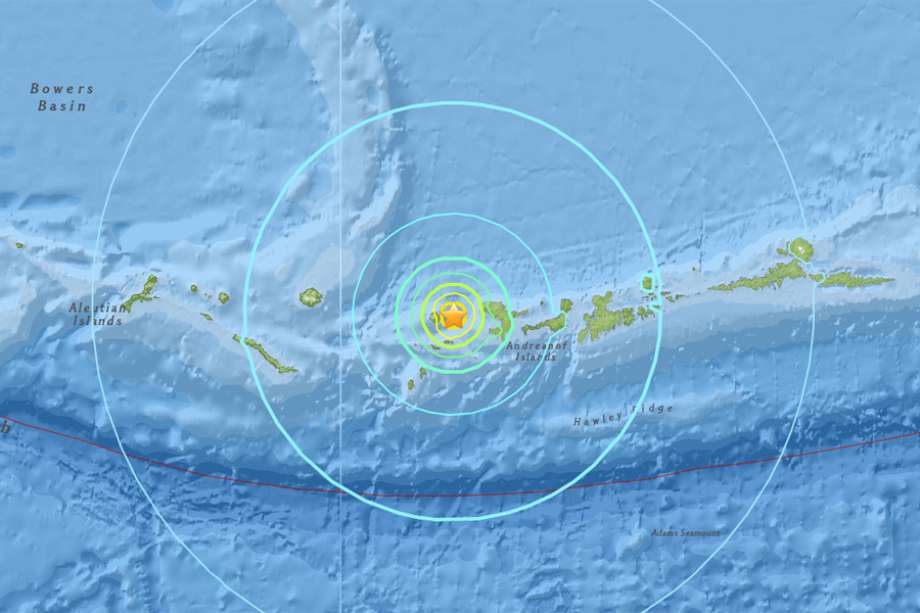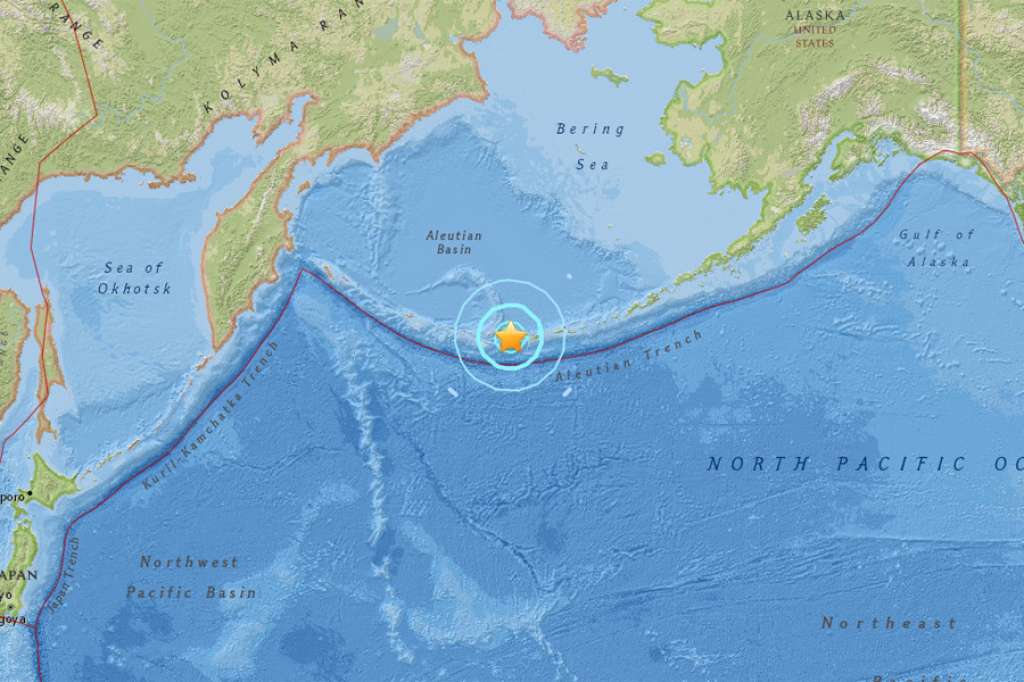
Strong M6.4 earthquake hits near Tanaga Volcano, Alaska M5.2 follows Signs of first eruption since 1914?
Strange Sounds
A magnitude 6.4 earthquake struck about 20 miles west southwest of Tanaga Volcano, Alaska on May 8, 2017. A M5.2 earthquake followed 8 minutes later.
Could these intense quakes be a sign of an imminent eruption of this volcanic complex that hasn’t erupt since 1914?

The quake hit at 7:00 AM local time at a depth of 10 kilometers. It was followed 8 minutes later by another moderatly-strong M5.2 earthquake.

There was no initial word on tsunami threat resulting from the quake.
Geological settings
AVO Alaska notes: Tanaga Island lies in the Andreanof Islands, 2025 km (1260 miles) SW of Anchorage. The northern half of the island is home to the Tanaga volcanic complex, comprising three main volcanic edifices. Tanaga volcano is the tallest of these (1,806 m or 5,925 ft) and lies in the center of the complex. The last known eruption of Tanaga occurred in 1914 and earlier eruptions were reported in 1763-1770, 1791, and 1829. Immediately west of Tanaga volcano lies Sajaka, a 1,354 m (4,443 ft)-high compound edifice with an older cone to the east that collapsed into the sea within the last few thousand years, and a new cone that has grown in the breach. To the east of Tanaga lies Takawangha, which is separated from the other active volcanic vents by a ridge of older rock. Takawangha’s 1,449 m (4,754 ft)-high summit is mostly ice-covered, except for four young craters that have erupted ash and lava flows in the last few thousand years. No historical eruptions are known from Sajaka or Takawangha; however, field work shows that recent eruptions have occurred and it is possible that historic eruptions attributed only to Tanaga may instead have come from these other vents.
http://strangesounds.org/2017/05/strong-m6-4-earthquakes-tanaga-volcano-eruption-map.html
